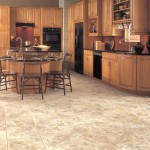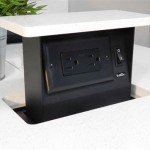The kitchen backsplash is an important part of any kitchen design. It serves as an aesthetic focal point and helps to protect the walls from grease, water, and other liquids. For those who love the look of a craftsman kitchen, a beautiful backsplash can be the perfect finishing touch. Here are some tips for creating the perfect craftsman kitchen backsplash.
Choose the Right Tiles
When it comes to creating the perfect craftsman kitchen backsplash, the right tiles are key. Popular tile choices for a craftsman kitchen include ceramic, glass, and stone tiles. Ceramic tiles are available in a variety of colors and textures, making them a great choice for a colorful and eye-catching backsplash. Glass tiles can add a modern touch to a craftsman kitchen, and stone tiles can give the kitchen an earthy and natural look. No matter which tile you choose, make sure it complements the overall design of your kitchen.
Create a Pattern
When choosing tiles for a craftsman kitchen backsplash, it’s also important to consider the pattern. A classic option is to create a random pattern with different shapes, colors, and sizes of tiles. However, you can also opt for a more traditional look, such as a checkerboard or herringbone pattern. If you’re feeling creative, you can even create a custom pattern using stencils and paint.
Choose the Right Grout
The grout you choose for your craftsman kitchen backsplash is just as important as the tile. Grout helps to hold the tiles in place, and it can also affect the overall look and feel of the kitchen. Choose a grout color that complements the tile, and make sure it’s strong enough to withstand moisture. Consider using epoxy grout, which is a more durable option.
Add a Splash of Color
If you’d like to add a bit of color to your craftsman kitchen backsplash, consider painting the grout. You can choose a color that complements the tile, or you can opt for a bolder color to add a pop of contrast. You can also add a bit of personality to your backsplash with decorative tiles, such as mosaic tiles or small tiles with intricate patterns. No matter what you choose, make sure the colors and patterns complement each other.















Related Posts








